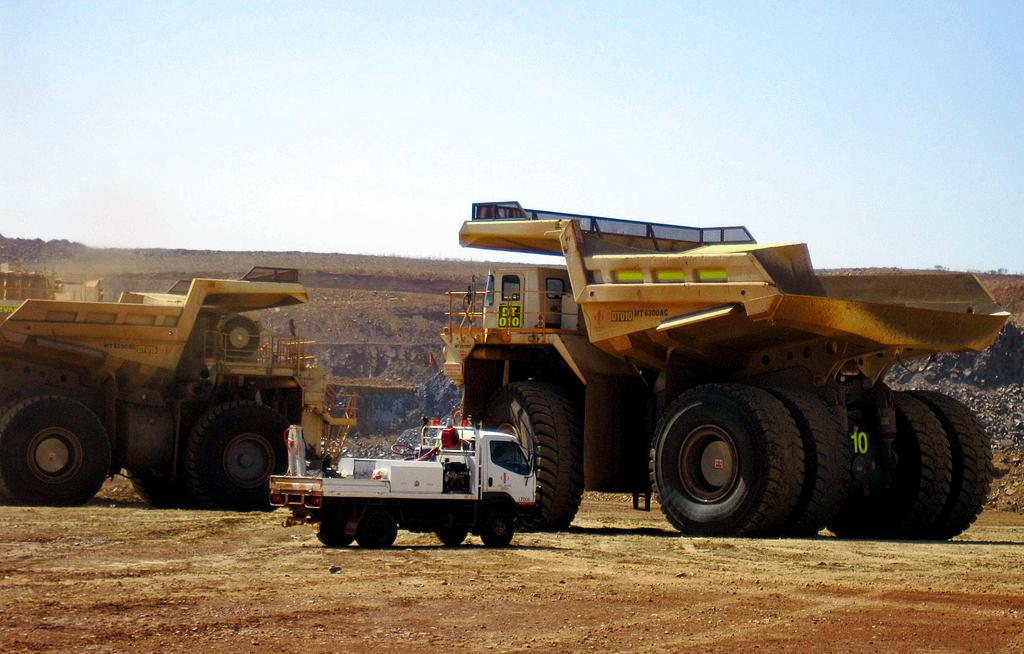Mining hubs in Australia are driving regional property markets to outperform urban counterparts, though some areas lag behind in price growth.
Regional dwelling values rose 1.1 percent in the three months to October, compared to a 0.8 percent increase in capital cities, according to CoreLogic’s latest Regional Market Update.
This marks a decline from April’s growth of 2.3 percent in regional areas and 2.2 percent in cities.
Western Australia and Queensland mining regions are at the forefront, with property values in Mackay, Geraldton, and Townsville soaring by 8.8 percent, 8.2 percent, and 6.6 percent, respectively, over the quarter.
Over the past year, house prices in these markets surged by more than 25 percent, supported by affordability and lifestyle appeal, according to CoreLogic economist Kaytlin Ezzy.
“Despite this impressive growth, homes remain attainable for many buyers with median prices below $600,000,” Ezzy noted.
Complementing these findings, the Domain House Price Report, released in August, highlighted exceptional growth in Australian mining towns, where house prices in some suburbs climbed nearly 30 percent over the past year.
For example, Mount Morgan and Blackwater in Queensland recorded annual increases of 29.7 percent and 19.9 percent, respectively, with median prices now at $207,500 and $215,000.
Resource Boom Driving Property Market
Australia’s ongoing resources boom has ignited house prices across mining regions, reversing years of volatility tied to mining sector fluctuations.Domain’s chief of research, Nicola Powell, stated, “Property prices in mining regions tend to experience sharper boom and bust cycles compared to major cities.”
Cooling Trends in Southeastern States
Seven out of eight major regional urban areas in Victoria saw dwelling value declines in the last quarter, as did 10 of 21 similar regions in NSW.Over the year, 10 southeastern regional property markets recorded annual price drops. Ballarat in Victoria posted the steepest fall, with values dropping by 6.3 percent.
On top of these setbacks, Victoria faces a housing supply shortfall amid a growing population.
In response, Premier Jacinta Allan announced an inquiry into regional housing supply, construction methods, and dwelling types, with a report due by the end of 2025.
Mixed Results in NSW and Victoria
NSW’s Batemans Bay posted the sharpest quarterly price drop at 2.7 percent, while Victoria’s Warrnambool followed closely with a 2.6 percent decline. A Batemans Bay property also recorded the longest time on the market, averaging 72 days.“Demand in these areas has slowed, with more properties on the market alongside higher interest rates, cost-of-living pressures, and reduced borrowing capacity,” explained CoreLogic’s Ezzy.
Interest Rate Outlook
In the broader economic context, Westpac economists recently joined NAB in predicting a Reserve Bank of Australia (RBA) interest rate cut, shifting their forecast from February to May 2025.However, economists from ANZ and CBA still anticipate a February 2025 easing, marking the first reduction in over four years.
On Oct. 22, RBA Deputy Governor Andrew Hauser pushed the timeline for rate cuts to May 2025. He warned that while inflation may have peaked, it remains high enough to warrant caution in monetary policy.







